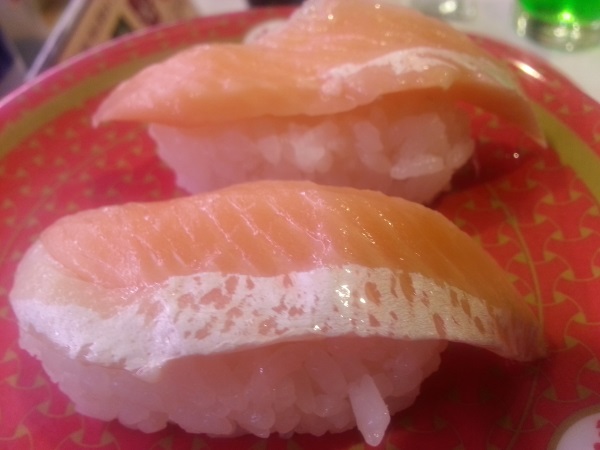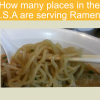Is Sushi Made In Western Countries Fattening?

Sushi, a Japanese delicacy consisting of vinegared rice combined with other ingredients has become a global phenomenon. However, traditional Japanese sushi was not entirely suited to the Western palates, and Japanese chefs living in the west came up with Western style sushi to account for the differences in Japanese and Western tastes.
Many of the changes involved introduction of ingredients not used when preparing traditionally sushi. The new ingredients in Western sushi have been a big concern, especially for people who are very keen about their calorie intake. There has been many articles and news stories on whether Sushi is healthy. The question should have been:
Is Sushi Catered to Westerners(Europe and North America) a Healthy Choice?
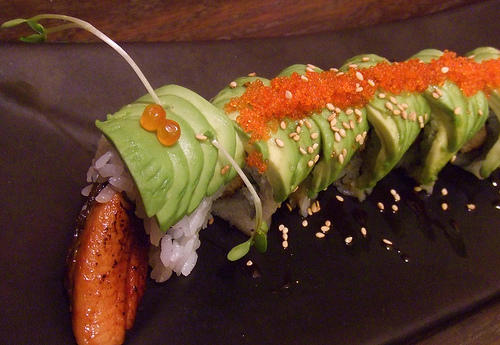
 by bitmask - Caterpillar Roll
by bitmask - Caterpillar Roll
The best way to break this down is to look at the ingredients used in in Sushi Rolls also called Maki Rolls, which are the most popular type in the West.
Avocado
Avocado is one of the most popular ingredients in Western sushi. California roll, one of the most popular Western style sushi variant, can contain ample helpings of this ingredient, and so do other Western sushi variants such as Alaskan rolls, Philadelphia rolls, Caterpillar rolls and so forth. In case you are wondering, avocados are very high in calories. A single average-sized avocado has about 250 calories and 23 grams of fat, therefore, even the sizable avocado present in a Western style sushi roll can really increase your calorie intake.

At the same time, Avocado has many health benefits, and one benefit is that it has good fats(monounsaturated) which actually may help with weight loss. It all depends on how much calorie intake you had on that particular day.
Tempura
Tempura is usually battered and deep-fried, which makes it fatty and hence considerably unhealthy as a sushi ingredient. Although some tempura coatings can be light, some are quite thick, and therefore contain unhealthy levels of fat. Tempura and tempura crumbs are a popular topping for Sushi in Western countries.
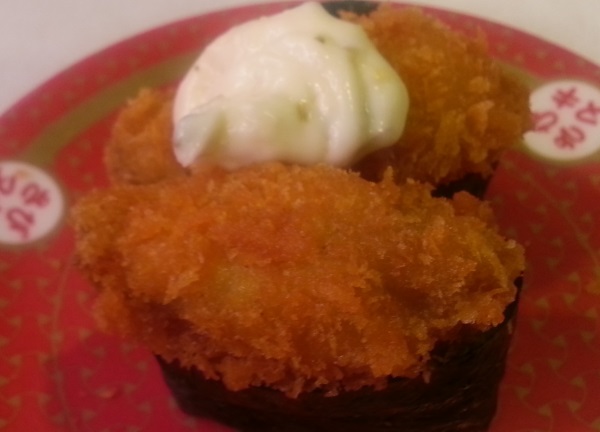
Mayonnaise
Generally, most people understand that mayonnaise is not an exactly healthy condiment. A tablespoon of mayonnaise has about 90 calories, which means that eating it on a regular basis, especially in the quantities found in some variants of Western sushi, will result in you exceeding your daily calorie limits, and packing on some extra weight. To further understand the difference between Japanese and American Mayo please read our article here. A very popular sauce used in Sushi is Spicy Mayo, which is basically a mixture of Mayo and a hot sauce, usually sriracha.
Cream Cheese
Cream cheese, being a dairy product, is packed with quite significant amounts of fats. Eaten often or without moderation, cream cheese can be quite fattening. Of course, the fact that cream cheese is a processed food does not help. Just two tablespoons of cream cheese have about 100 calories and 16 grams of fat, of which 6 grams is saturated fat.
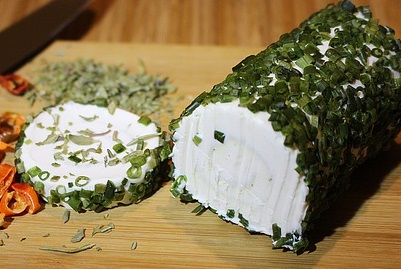
Conclusion
Generally, traditional Japanese sushi is quite low in calories, and usually features a few healthy ingredients. Western style sushi, on the other hand, will have more ingredients, many of which could make you gain a bit of weight.
Understand that Mayonnaise and deep frying is very popular in Japan, which are both pretty unhealthy. The key difference is the portion sizes on top of the ingredients used, are the deal breaker on why Sushi is more fattening in the West. Also the Japanese have a saying "Hara hachi bu," which translates to "Eat until you are 80 percent Full."
Another point is that Sushi Rolls are not as popular in Japan as compared to Nigiri Style Sushi(as shown below) which has much less calories. You can find more details numbers on Calories count in our Sushi Database.
